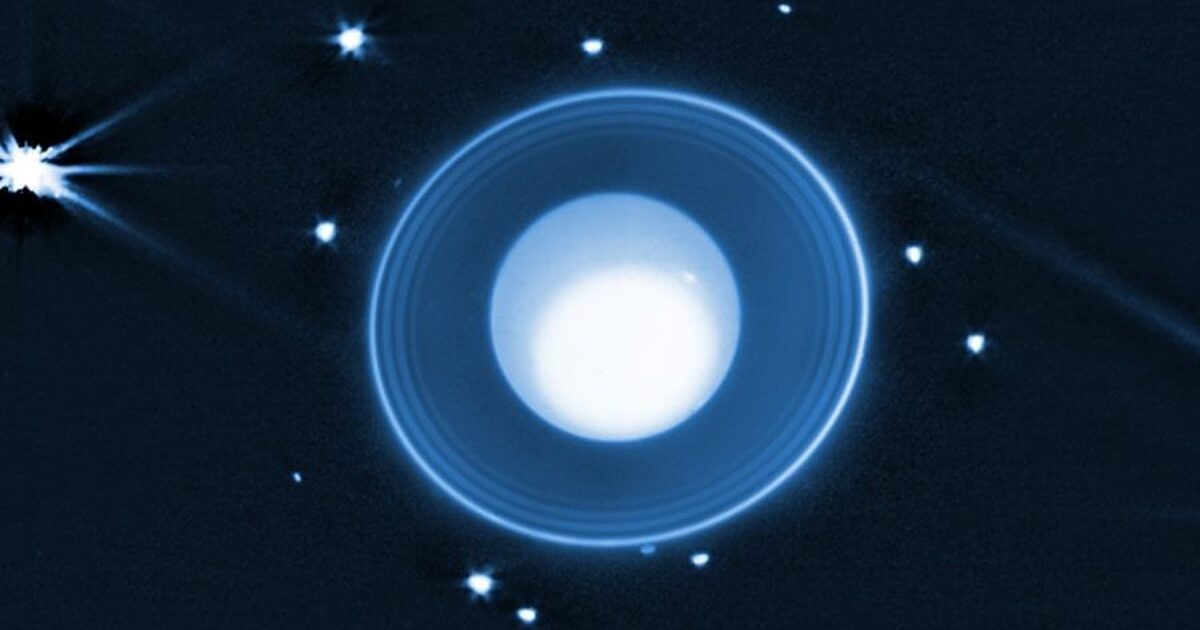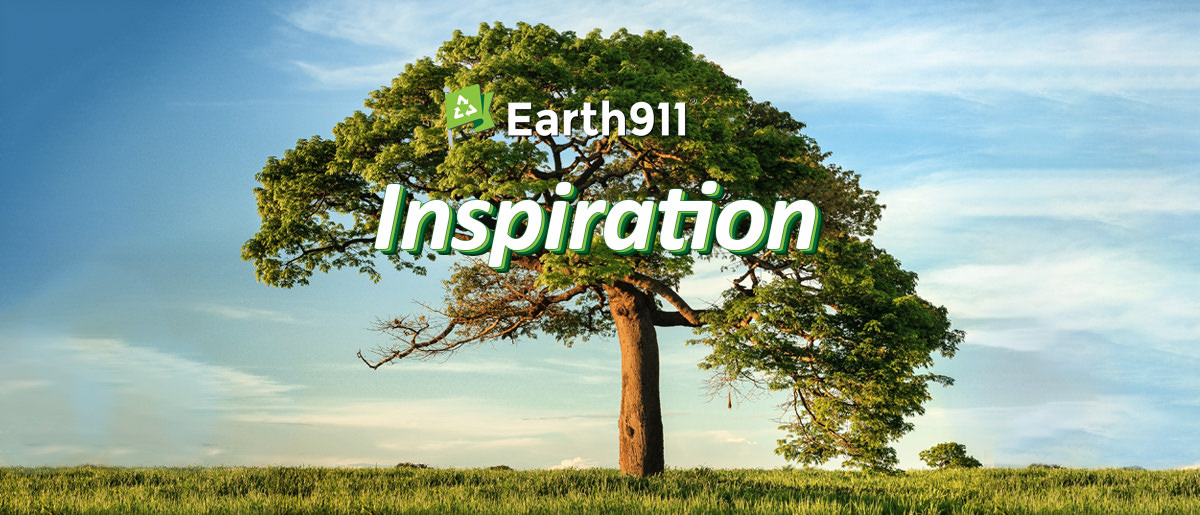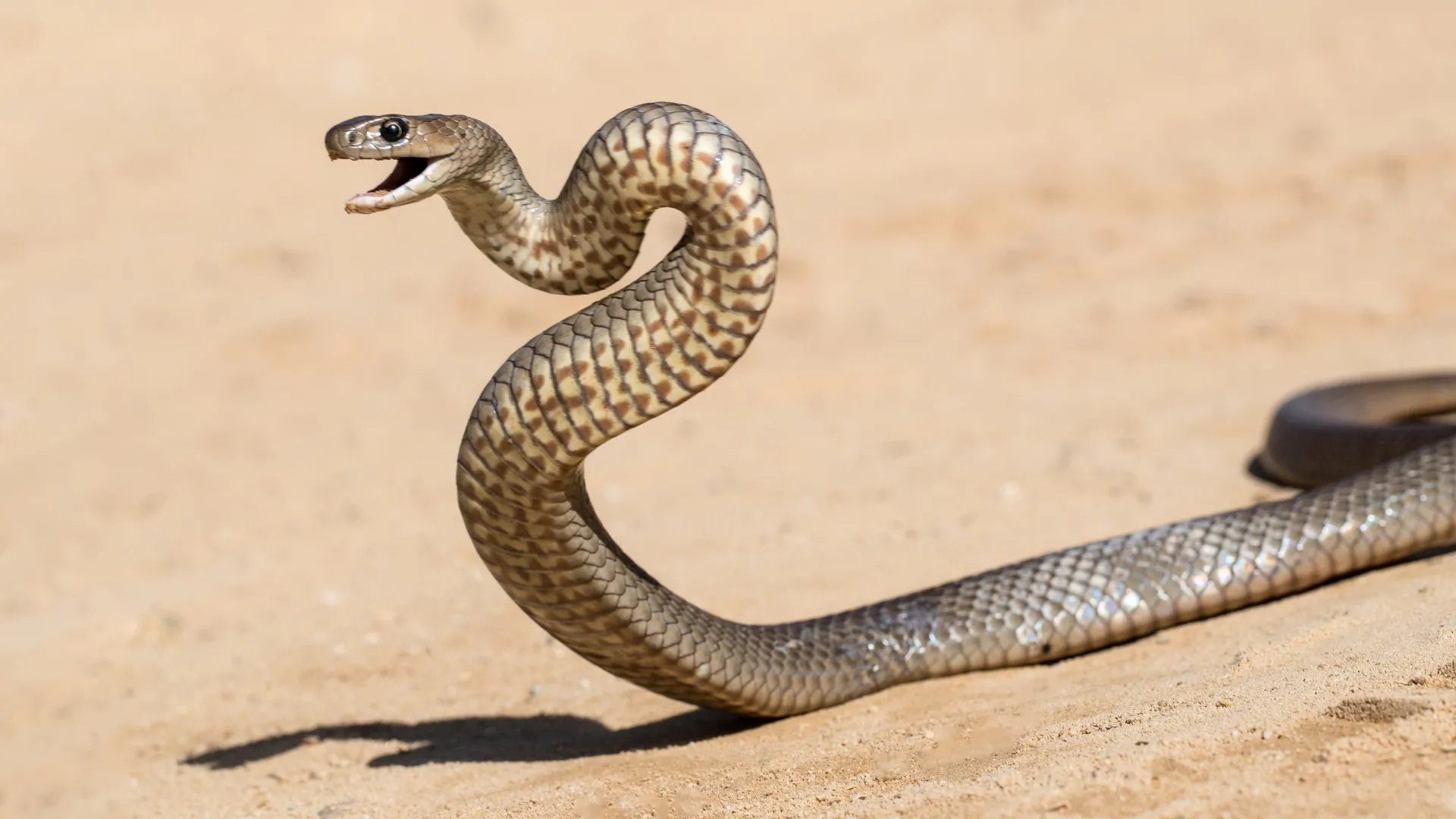PROTECT YOUR DNA WITH QUANTUM TECHNOLOGY
Orgo-Life the new way to the future Advertising by Adpathway (Illustration by Kate Golden)
(Illustration by Kate Golden)The shallow depression in the San Mateo County yard looks like, well, just a dent in the grass. Rachel Pausch sees something more: a seasonal haven that collects water in the winter, a dimple where eggs can gestate safe from predators. A cradle for amphibians. Suddenly, it matters.
As an ecologist with the California Coastal Commission, Pausch works in the seam between ecological function and human ambition, guiding development so that it unfolds with an ear to snowy plover nesting seasons, California red-legged frog migrations, tiny refugia tucked beside lawns and seawalls. Life doesn’t wait for permission or perfection; it arrives where it can.
As an ecologist with the California Coastal Commission, Pausch works in the seam between ecological function and human ambition, guiding development so that it unfolds with an ear to snowy plover nesting seasons, California red-legged frog migrations, tiny refugia tucked beside lawns and seawalls. Life doesn’t wait for permission or perfection; it arrives where it can.
As part of the permitting process that shapes the coast, Pausch reveals the ecological stories whispered by seedheads, puddles, and animal tracks. “I am translating science to decision-makers, essentially,” she says. In a state where natural features sit side-by-side with dense development, undeveloped pockets can be scrappy sanctuaries. A few times a month, Pausch visits places where either some rule has been violated or some new development proposed. What a paper report flattens, the field reveals in full dimension.
“I visited a property owner, and they had this really nice, quiet stream running through their property,” she says. They wanted to build a stage for live music right next to it, with a lighting rig and sound system. The creek-dwellers would have compulsory front-row seats. “It was really fulfilling to point out to them, ‘Hey, take a look at this stream. You have wading birds using it right now. It looks like this is the only place on the property where they’re protected from predators. They’re nesting here. Your property is developed, but there’s open space on either side of it, so this is likely a really important corridor for other animals traveling through the area.’”
Their reaction? “Oh my gosh, I didn’t even think about that.” The creek-owners shifted their plans for the venue. People aren’t trying to get away with anything, most of the time. They just don’t always know what they’ve got. And when they learn that this small wet spot is where life begins, the reaction is nearly always an “oh my gosh.” They’ve just discovered a secret passage in their own garden.
The work follows seasonal rhythms. Rainfall, drought, tides—all influence which species appear on site, and when building can happen. Sensitive plant species are most easily surveyed in spring, when they’re trying to get pollinators’ attention. Sometimes project timelines need tweaking to align with a plant or animal’s life-cycle, a sort of ecological choreography. “People will say, ‘I need to take this tree down,’ and we’ll say, ‘Hey, can you wait until outside of bird nesting season?’”
Can you shore up your seawall after the harbor seal pups leave the beach? Can you build near the monarch grove once the orange hordes have flown off? Pausch is looking for “little golden opportunities that help make this mosaic patchwork of habitat in our cities and towns.” Small interventions, big ripples.
Back at her desk, Pausch fills out her field observations with other evidence: historical imagery, scientific articles, community science data. “I so appreciate everyone who logs into eBird, into iNaturalist, into Calflora, because I use those records,” she says. “These community scientists are incredible botanists, incredible ornithologists.” It all goes into a larger case file on a project’s potential impacts. The environment is just one consideration among public access, view-scape, cultural resources, hazard mitigation, and all the other balls we juggle to balance the coast’s needs. “I’m one small piece of the pie,” Pausch says.
The pie goes to the commissioners, a mix of public appointees and elected officials from the coast. They make the call on what can go where..
Pausch started out studying the coast, but realized she wanted to steer its fate. So, she found a role that bridges two ways of seeing—one human-oriented, the other deeply ecological. “I really had a longing for action in the short term,” says Pausch. With the recent round of headlines from President Trump’s jabs at the commission (possibly emanating from a giant flagpole dispute), she might be getting a bit more action than she bargained for. But most of her work happens far from the spotlight, in the gray (green?) areas. She tries to start by understanding what the applicant wants, what they fear losing—so she can seek the overlaps with what the wild things need. “Sometimes we can’t get there,” she says. “And when the fight is worth fighting, it does come down to a controversial decision.” But most of the time, she says, they find a solution that works for all parties.
She wishes the public saw more of the boring work: the steady, unglamorous protection of sand dunes, the quiet insistence that beaches stay open and free. But the news loves a fight, and most of her mutually satisfying victories dissolve into the landscape, unremarked.
That’s fine. The intact dunes speak for themselves. The wading birds keep showing up. And somewhere, a grassy pocket shelters the sacred jelly of frog eggs, because someone paused to see who was already living there.
Getting Started
The job: Coastal ecologist for a state agency.
Essentials: Patience, curiosity, diplomacy,, and adaptability—to keep your footing when the shoreline (literal or political) shifts beneath you. Also, an eye for ecological minutiae.
Training: Start with an undergraduate science degree like marine biology, environmental science, or ecology. Then keep going. Pausch holds a Ph.D. in ecology and coastal science, but a master’s degree is usually sufficient. Pay: about $78,000–$120,000 per year, based on experience and education level. Alternatively, you can dabble in environmental regulation, for no money: keep adding your frogs, your flowers, your flycatchers to iNaturalist and eBird; your find might become a data point in Pausch’s next analysis, guiding the fate of some half-wild place.


 1 day ago
11
1 day ago
11





















 English (US) ·
English (US) ·  French (CA) ·
French (CA) ·